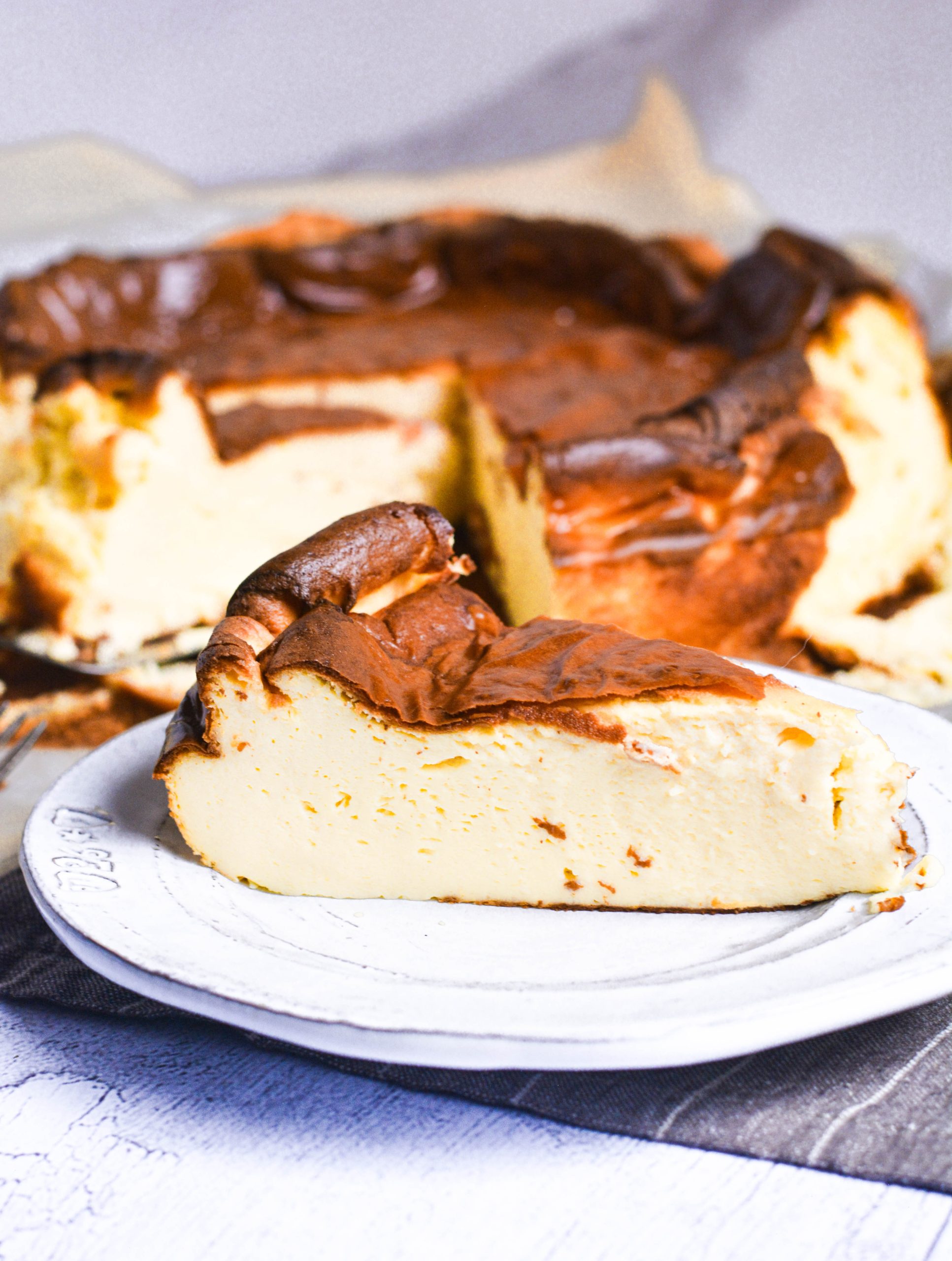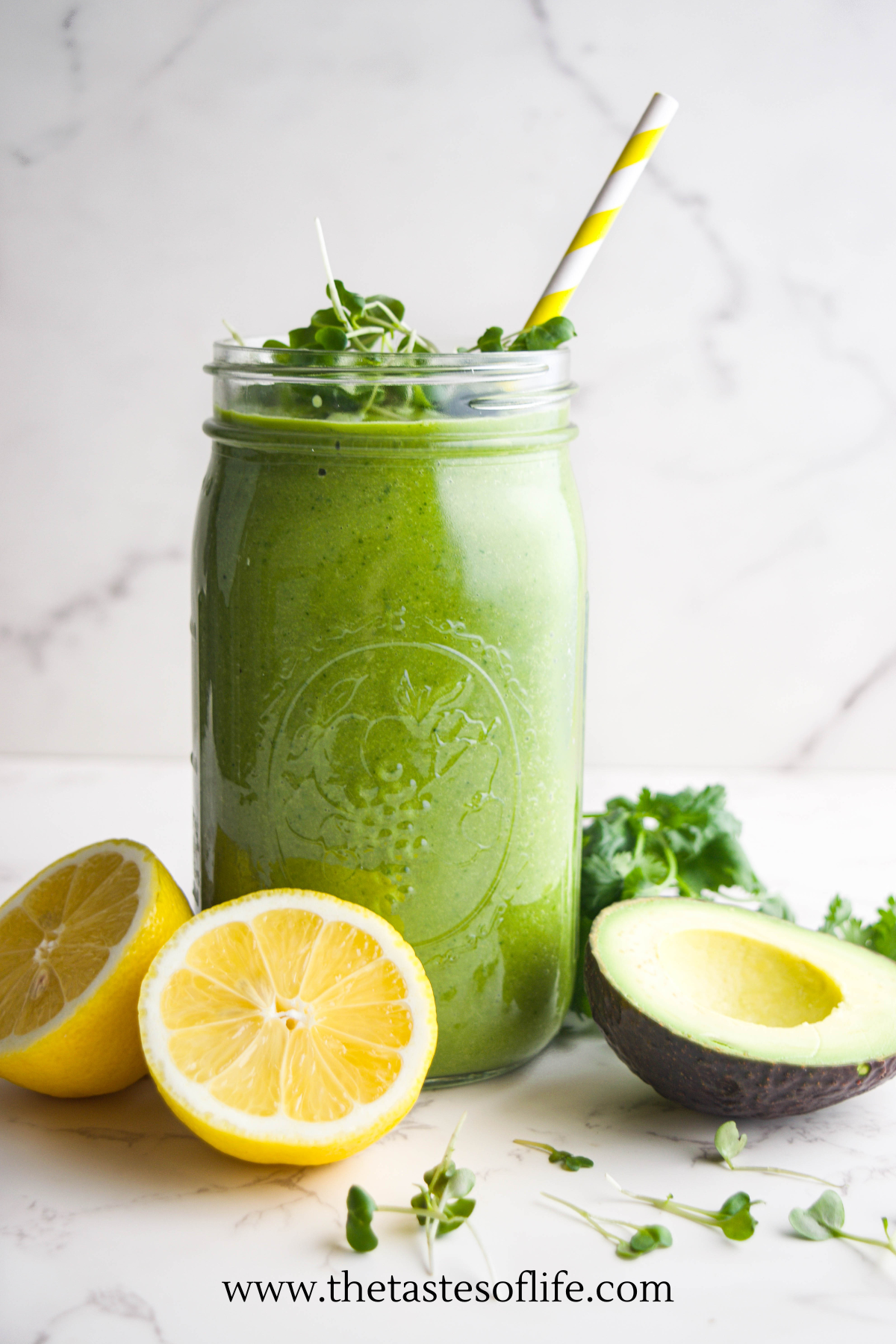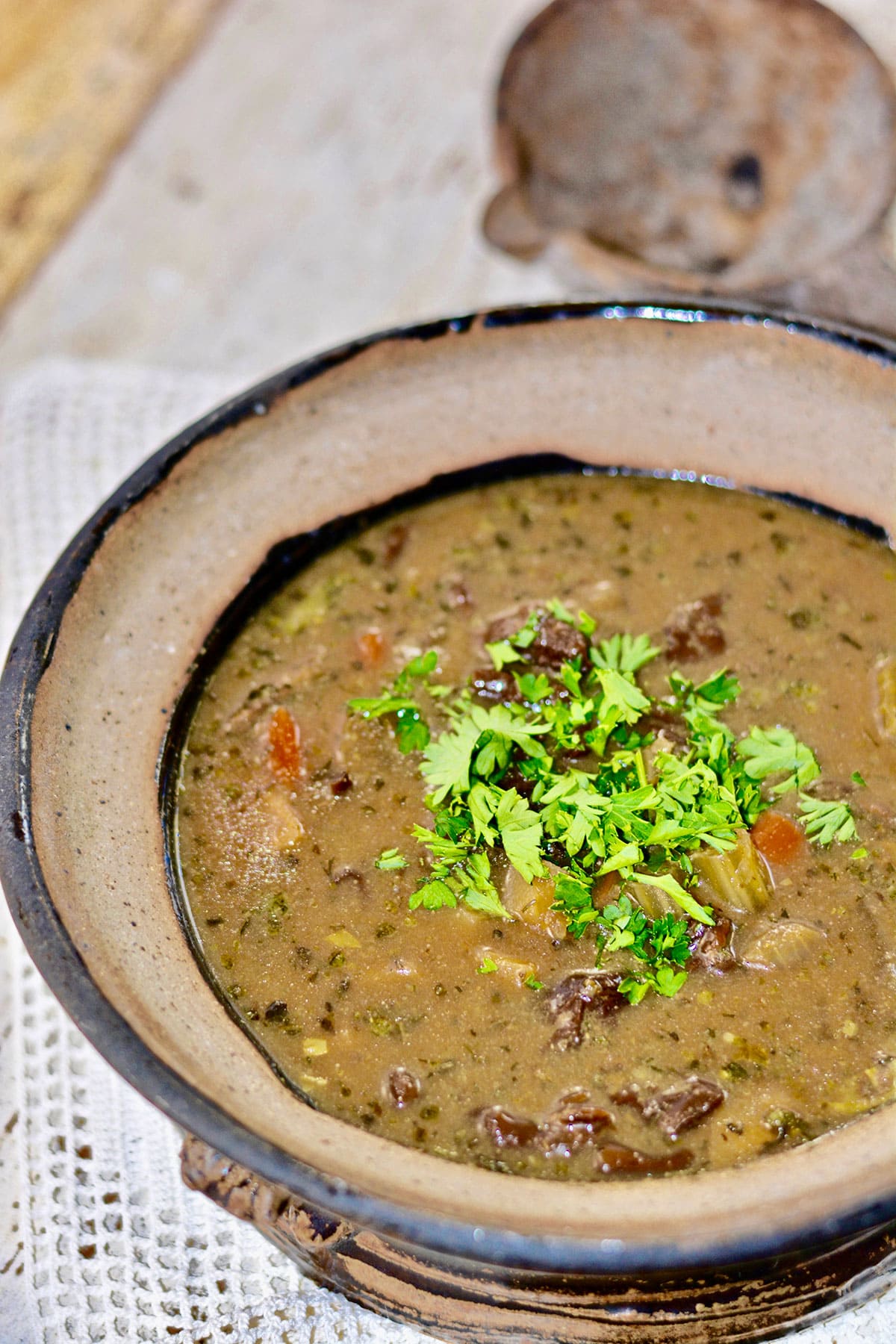How to Make Traditional Polish Beet Kvass

Traditional Polish Beet Kvass
My favorite soup for the holidays is beet soup. To make this soup, I need to make fermented beet kavas.
In Poland, beet kavas is made to drink for gut health because it is a great probiotic. We also use beet kavas to make traditional Christmas borscht. I make this fantastic drink regularly and drink it.
Beet kavas has so many great health benefits, such as:
- As a fermented, food benefits gut health and the digestive system
- Purifies your blood
- A great tonic for the liver
- Benefits the heart
- It is a natural energy drink
Great, not only for your Christmas Eve!
Beets are a fantastic antioxidant and might have a significant effect on cancer prevention. Beet kavas help cleanse and strengthen the blood (increases the number of red blood cells). It is helpful in the prevention and treatment of anemia.
Beet kavas is also excellent for the liver because it has detoxifying properties. This probiotic drink alkalines the body help slow down putrefaction in the gut. It helps in the excretion of uric acid from the body (supports the kidneys and cleanses the body). It is also recommended to drink for colds and fatigue.
Also, beets contain many vitamins ( A, C, and B’s) and iron, magnesium, potassium, calcium, and cobalt. The latter is an essential mineral in creating red blood cells.
Beets contain a lot of folic acid, which is invaluable for women during pregnancy.

Beet kvass is also a fantastic energy drink! It gives us energy and strength.
Especially at this time of year, when it is cold. It is worth remembering that eating fermented food is crucial to our health! We completely underestimate them, and yet people in Europe, China, or Japan can’t do without them. They ferment almost anything! Traditional soy sauce or miso soup is based on fermented soy. Chinese – love fermented cabbage, radish, Polish – sauerkraut, pickles, pickled mushrooms – you name it! I remember making fermented food throughout the summer and fall in preparation for winter.
Today’s scientists, doctors, and specialists in healthy nutrition stress the importance of eating ferments. During the fermentation process, lactic acid is formed, helping cleanse the body and strengthen the immune system. Therefore, it is advisable to introduce ferments to people at a young age.
Ferments are indispensable in our diet to live longer and keep youth and vitality for many years. The substances in them regulate the bacterial flora in the intestines, support the digestion and absorption of metabolic products, and reduce the level of harmful cholesterol. Ferments regulate metabolism and facilitate the digestion of proteins, fats, and carbohydrates. They smooth the skin, strengthen hair and nails. And most importantly, they increase iron absorption, giving us strength, energy, and vitality.

Making beet kvass is not as complicated as you might think! I think it’s worth it! It is effortless and less expensive than at the store.
I put peeled and thickly chopped beetroot into a large stone pot (so that it will be heavy and do not flow out), or you can even do it in a large mason jar, probably like three large beets.
Add garlic (about 4-5 cloves or even more – it is very healthy!), black pepper, and bay leaves. It is essential not to throw spices and garlic on top but between beets.
Boil the water, then cool it down and mix with salt – for one liter of water, I add one tablespoon of salt. People with hypertension must consider the amount of salt they take.
Cover the brine with water thoroughly. I cover the stoneware and put it in a warm and dark place for about 4-7 days. I check it around the 4th day to see how everything looks.
Store the kvass in the fridge after it is ready to drink. It can be stored even for a few months!
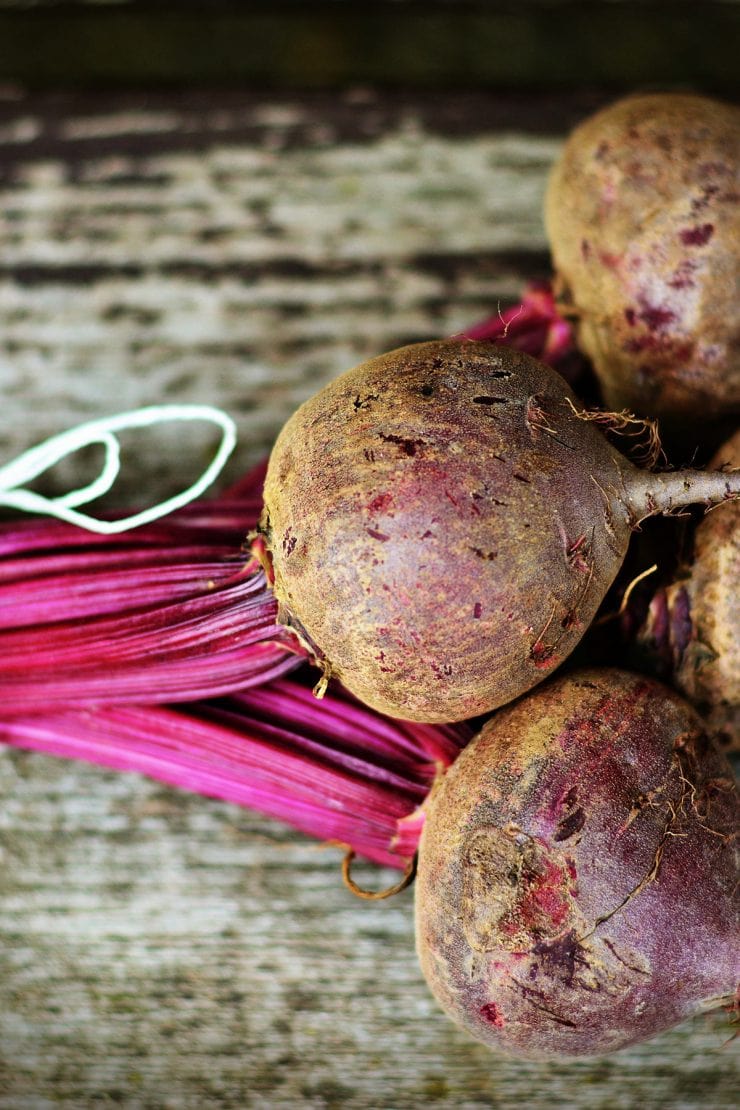
TIPS FOR MAKING BEET KVASS
Even though it’s a simple recipe, you need to know a couple of things while making beet kvass to make it right. As with all fermented food, I want you to make sure that you understand what you are doing and so that your beet kvass doesn’t go bad.
Here are the critical pointers:
- Always use organic and clean beets. Any residue of pesticides and dirt can affect the fermentation process, and your beet kvass can go bad;
- I don’t recommend using beets with skin because any dirt left behind can negatively affect the fermentation process, so peel and cut your beets into thick slices;
- I like to use gloves when I’m working with beets. In this recipe, using gloves help prevent an introduction of unwanted/unintended bacteria into the beet kvass;
- No tap water! Water needs to be filtered, boiled, and cooled off. The reason for this is again to kill any undesired bacteria to guarantee a proper fermentation process;
- Use only a stone pot or a large, wide, glass mason jar. Rinse with boiling water ahead of time. Make sure that your jar is perfectly clean;
- If you see beets floating up, you need to use a disinfected (with boiling water) plate to push them down. Make sure that all the beets are submerged in water;
- A white film may form around the top of the liquid. Don’t worry, it’s harmless. Remove it daily and mix the kvass with a wooden spoon;
- If you took all the precautions outlined above, your beet kvass should come out perfectly;
Once done, strain it and keep it in jars or glass bottles in the fridge for up to a couple of weeks; - If for some reason, your kvass grows mold at the top, you need to discard it. It means that undesired bacteria entered the fermentation process at some point. Don’t get discouraged. I’ve made plenty of them. It takes practice! Start from the beginning, and you’ll master it in no time.
___________
Did you make this recipe?
Please let me know how it turned out for you! Leave a comment below and share a picture on Instagram with the hashtag #thetastesoflifeholisticblog
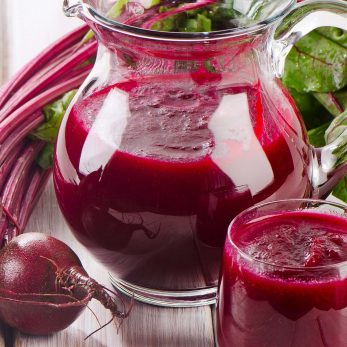
Ingredients
- 3 beets large, organic
- 5 cloves garlic (even the entire head!) peeled and cut in half
- 2 liters water
- allspice
- bay leaves
- 1/2 or 1 tbsp salt per 1 liter of water (can also be made completely without salt)
Instructions
- Wash the beets, peel, and cut them into thick slices. Place them in a mason jar alternating with spices and garlic. Pour the water mixed with salt so that all beets are entirely covered. If they come to the surface, they must be pressed (eg, with a ceramic plate).
- Put it in a warm place for 4-7 days. The time of fermenting depends on the temperature.
- If you do not have a stoneware lid, cover the top of the dish with a piece of dense muslin fabric and tightly tie it with a string or an elastic band.
- What to do with beetroots? You can make great salads from them. You can make soups, roast them, make a juice, or add it to your smoothies. Pickled beets contain plenty of fiber and are low in calories – so they are perfect for people who care about their figure.

